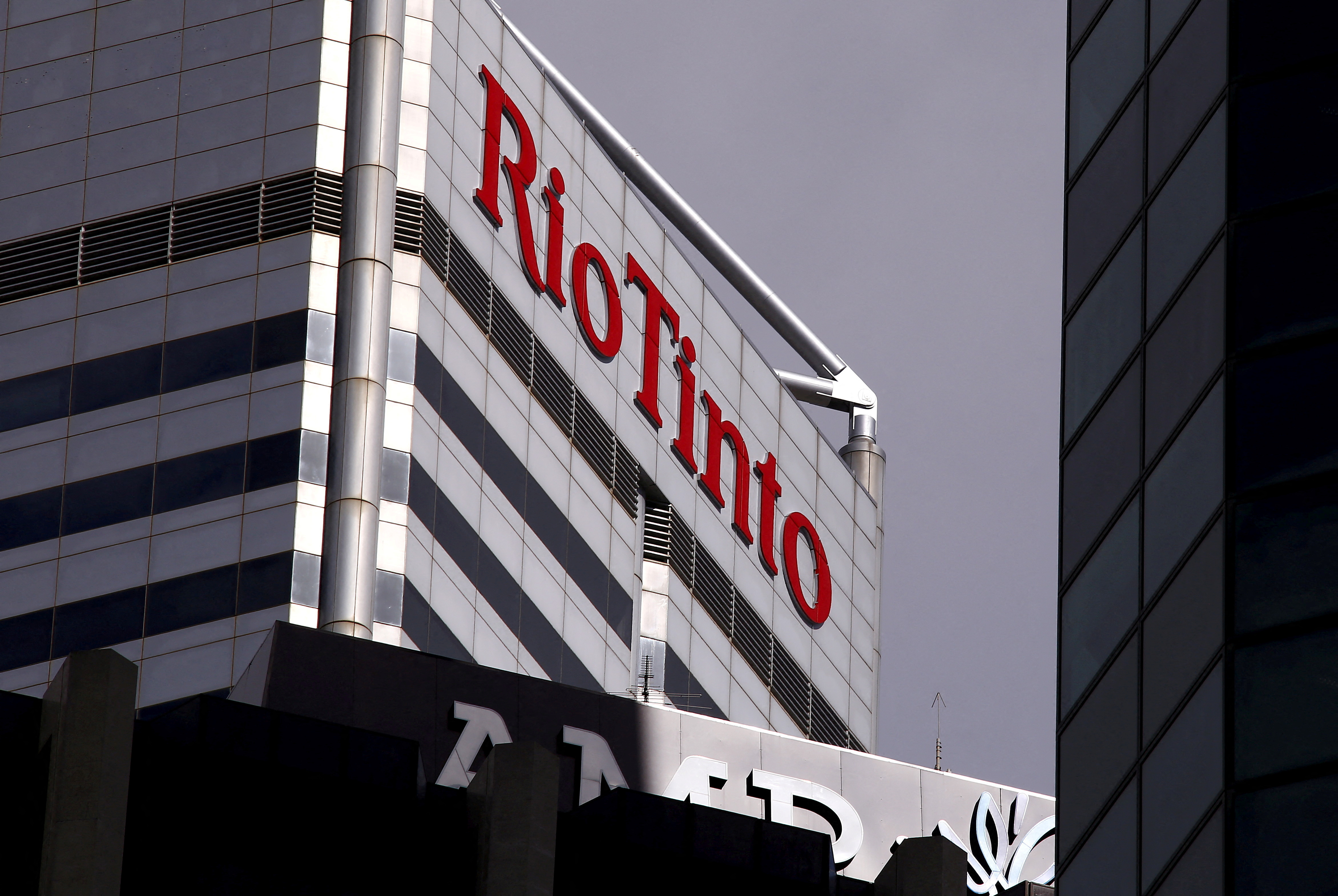Rio Tinto (RIO.AX), opens new tab initially said it planned to cut operational or Scope 1 and 2 emissions by 15% by 2025, before later saying it could only meet those targets by buying offsets. It has since said investment to achieve 15% cuts will be made by 2025 but that it will meet emission abatement targets later. It has committed to halve operational emissions by 2030.
Rio Tinto estimates it will spend $5 billion to $6 billion in decarbonisation projects, predominantly in the second half of the decade. It expects to get to net zero by 2050.
Brazilian iron ore miner Vale (VALE3.SA), opens new tab plans to invest at least $2 billion to reduce its direct and indirect carbon emissions (scopes 1 and 2) by 33% by 2030 from a 2017 baseline. It aims to achieve net zero Scope 1 and 2 emissions by 2050 and a 15% reduction in net Scope 3 or customer emissions by 2035, in relation to its 2018 levels.
BHP aims to cut its operational emissions by at least 30% by 2030 from fiscal 2020 levels. Its long-term goal is to achieve net zero operational emissions by 2050.
It also has a goal to support the development of technology capable of reducing emissions intensity by 30% by 2030, though it expects broad uptake of such technology to occur later.
It has said it expects to spend $4 billion on cutting carbon emissions out to the end of the decade. The technologies will enable, still, all of us to enjoy fashion because isn't that at the end of the day everyone wants to be looking good.
Fortescue (FMG.AX), opens new tab targets net zero emissions from its operations by 2030. By that time, it aims to enable a 7.5% reduction in emissions intensity from its steelmaking customers from fiscal year 2021 levels. By 2030, it aims to halve the emissions intensity of shipping its iron ore, also from FY21 levels.










